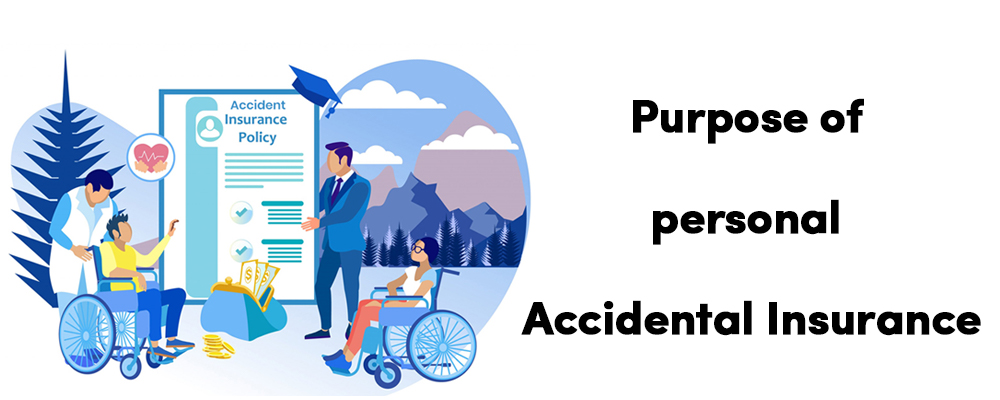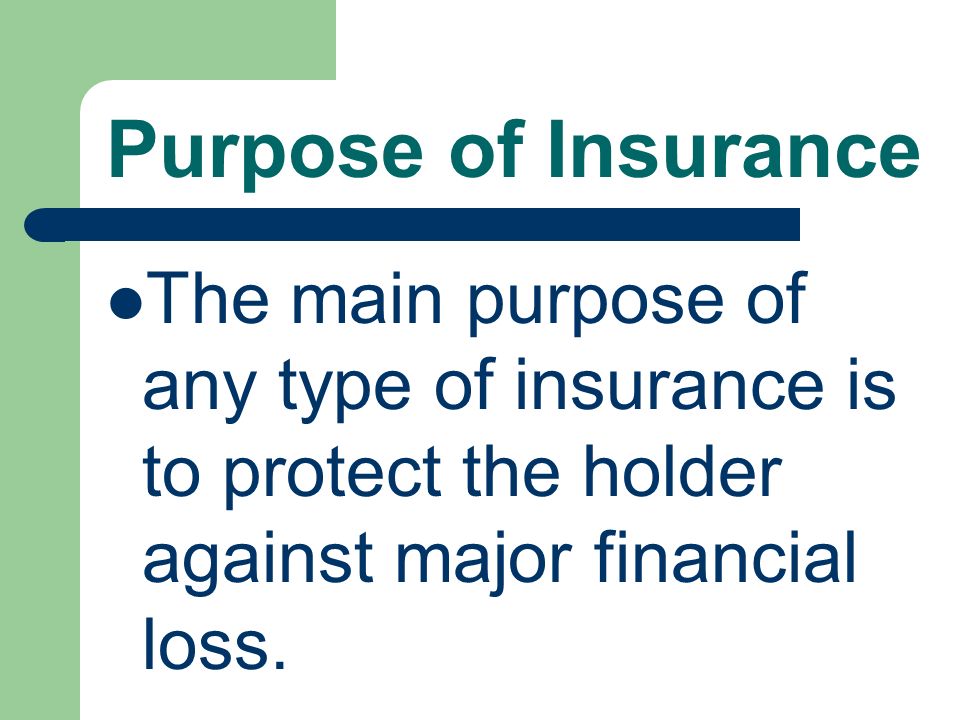Getting The Pacific Prime To Work
Getting The Pacific Prime To Work
Blog Article
Things about Pacific Prime
Table of ContentsUnknown Facts About Pacific PrimeAll About Pacific PrimeExcitement About Pacific PrimeThe 20-Second Trick For Pacific PrimeThe 2-Minute Rule for Pacific Prime

This is since the information were collected for a duration of strong economic performance. Of the approximated 42 million individuals who were without insurance, just about concerning 420,000 (about 1 percent) were under 65 years of age, the age at which most Americans become qualified for Medicare; 32 million were grownups between ages 18 and 65, about 19 percent of all grownups in this age; and 10 million were kids under 18 years old, regarding 13.9 percent of all children (Mills, 2000).
These quotes of the variety of individuals without insurance are created from the yearly March Supplement to the Present Population Survey (CPS), performed by the Demographics Bureau. Unless otherwise noted, national price quotes of individuals without health and wellness insurance policy and percentages of the population with different type of insurance coverage are based upon the CPS, the most widely utilized resource of quotes of insurance policy protection and uninsurance prices.
The Facts About Pacific Prime Uncovered

Still, the CPS is especially beneficial due to the fact that it generates annual estimates relatively quickly, reporting the previous year's insurance protection approximates each September, and since it is the basis for a regular collection of quotes for more than 20 years, enabling evaluation of fads in insurance coverage gradually. For these reasons, in addition to the comprehensive use the CPS in other studies of insurance coverage that exist in this report, we rely on CPS price quotes, with restrictions kept in mind.

The quote of the variety of without insurance individuals expands when a populace's insurance policy condition is tracked for a number of years. Read Full Report Over a three-year period starting early in 1993, 72 million people, 29 percent of the united state populace, lacked protection for at least one month. Within a solitary year (1994 ), 53 million individuals experienced at the very least a month without insurance coverage (Bennefield, 1998a)
Six out of every ten uninsured grownups are themselves used. Although functioning does enhance the possibility that a person and one's member of the family will certainly have insurance coverage, it is not a guarantee. Even participants of households with 2 full-time breadwinner have practically a one-in-ten chance of being without insurance (9.1 percent uninsured rate) (Hoffman and Pohl, 2000).
The 9-Second Trick For Pacific Prime
New immigrants make up a considerable proportion of individuals without health insurance coverage. One evaluation has associated a substantial portion of the recent development in the size of the U.S. uninsured populace to immigrants that got here in the country between 1994 and 1998 (Camarota and Edwards, 2000). Recent immigrants (those who came to the USA within the previous 4 years) do have a high price of being uninsured (46 percent), however they and their children account for just 6 percent of those without insurance coverage across the country (Holahan et al., 2001).
The relationship between medical insurance and accessibility to care is well developed, as documented later in this chapter. The connection between health and wellness insurance policy and health and wellness results is neither direct neither basic, an extensive professional and health and wellness services study literature links health and wellness insurance policy protection to improved accessibility to care, far better quality, and enhanced individual and population health and wellness standing.
Levels of evaluation for analyzing the effects of uninsurance. This discussion of wellness insurance coverage focuses mostly on the united state population under age 65 since essentially all Americans 65 and older have Medicare or other public insurance coverage. Furthermore, it focuses especially on those without any type of health insurance policy for any type of length of time.
The Main Principles Of Pacific Prime
The issues dealt with by the underinsured are in some respects comparable to those dealt with by the uninsured, although they are generally much less serious. Health insurance coverage, nevertheless, is neither necessary neither sufficient to gain accessibility to medical services. The independent and straight impact of health insurance policy coverage on accessibility to health and wellness services is well developed.
Others will obtain the wellness care they need also without medical insurance, by paying for it out of pocket or seeking it from suppliers who provide care cost-free or at extremely subsidized prices. For still others, medical insurance alone does not make sure receipt of treatment as a result of various other nonfinancial barriers, such as a lack of health and wellness treatment suppliers in their community, restricted accessibility to transport, illiteracy, or linguistic and cultural distinctions.
Little Known Questions About Pacific Prime.
Official research study concerning uninsured populations in the United States dates to the late 1920s and very early 1930s when the Committee on the Cost of Treatment generated a collection of reports regarding financing medical professional workplace visits and hospital stays. This concern became salient as the numbers of medically indigent climbed up throughout the Great Clinical depression.
Report this page